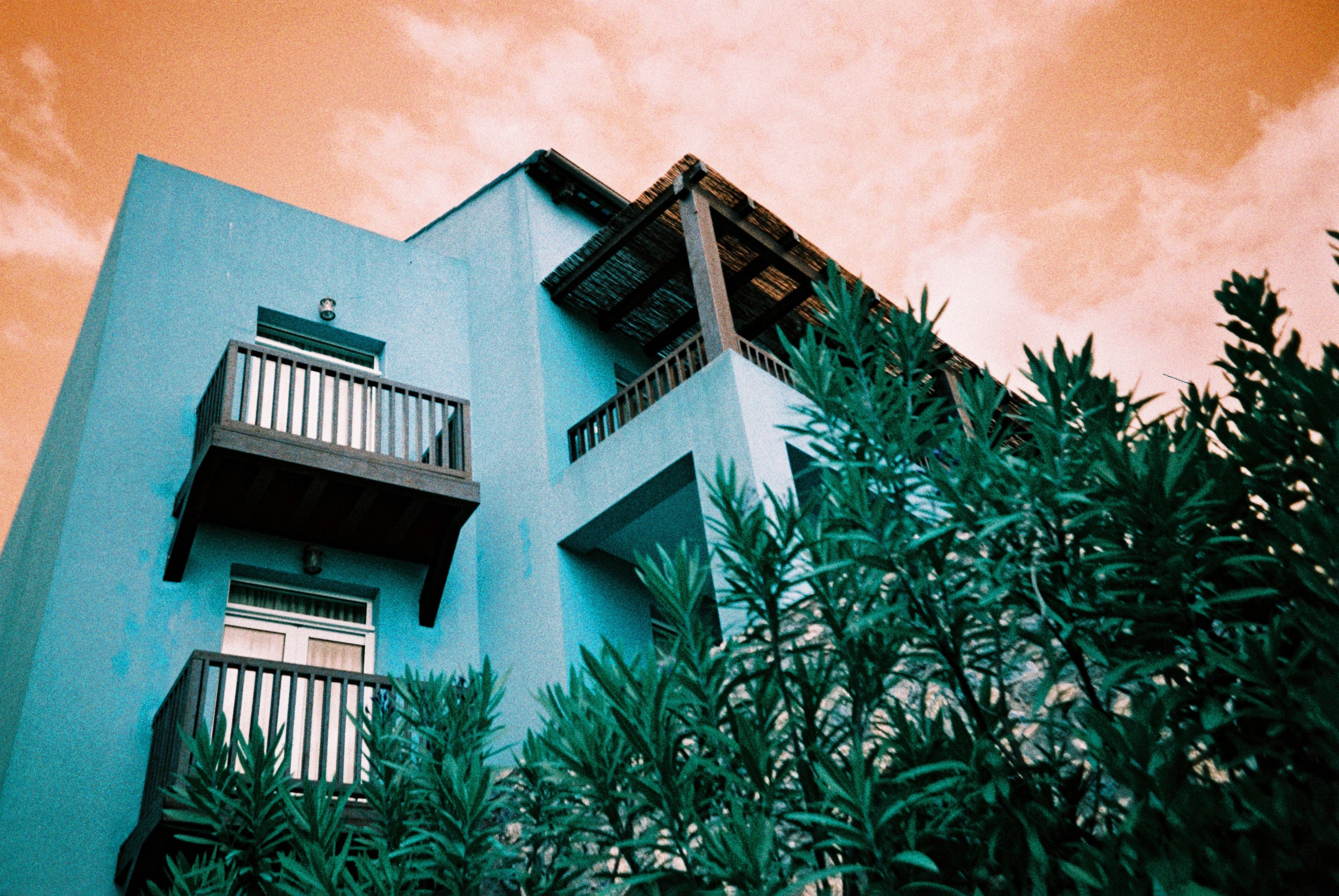HARMAN Phoenix 200 120 Film: Phoenix is now available in medium format!
Step into the world of analogue creativity with HARMAN Phoenix 200, a revolutionary ISO 200 colour negative film from the folks that run the Ilford and Kentmere film brands. After the successful launch of Phoenix 35mm in late 2023, we're thrilled that Harman have been able to realise the dreams of medium format photographers to bring Harman Phoenix 120 film to market!
Researched, designed, and crafted at the HARMAN technology factory in Mobberley, the Harman Phoenix film marks a significant milestone in the realm of analogue photography.
Features and Benefits:
1. Distinct 'Analogue' Look and Feel:
Immerse yourself in the unique charm of true analogue photography with the HARMAN Phoenix 200 120 film. The film captures moments with a distinct aesthetic, delivering an authentic look and feel that sets it apart from conventional colour films.
2. High Contrast and Vibrant Colours:
Elevate your images with high-contrast visuals and punchy, vibrant colours. The experimental nature of Phoenix 200 results in striking images, making it a perfect choice for those seeking a 120 film that goes beyond the ordinary and embraces the unexpected.
3. Versatile ISO Range with Creative Flexibility:
With a box speed of ISO 200, Phoenix offers creative flexibility by allowing you to rate it between ISO 100 and 400. This versatility opens up opportunities for experimentation in various lighting conditions, though optimal performance is achieved in good, consistent light.
And of course the larger 120 negatives offer much more detail than a 35mm neg.
Tips for the Best Results:
- Ensure proper exposure by metering for mid tones to retain shadow or highlight detail, as over or underexposure will not be Phoenix’s friend.
- Personally I've found that bright sunlight gets the best results!
- Embrace the unexpected and relish in the quirks of this experimental 120 film, from uniquely coloured negatives to chance encounters with coating anomalies
You can see more tips in our article 'Top Tips for shooting Harman Phoenix' and read our review of Phoenix 120.
Specification
| Format: |
120 |
| Colour: |
Colour |
| Type: |
Negative |
| ISO: |
200 |
| Exposures: |
12 |
| Pack size: |
1 / 3 |
To understand more about the details above you can check out our film guide or if you want some inspiration then head over to our page on choosing your next film.
Extra photo credit (c) Paul McKay
About Harman Phoenix Film
We've created a 'Learning Hub' where you will be able to see all the detail about Harman Phoenix - including comparison articles versus other colour films, scanning settings for getting the best from the negatives, and much more. Head here to learn!



